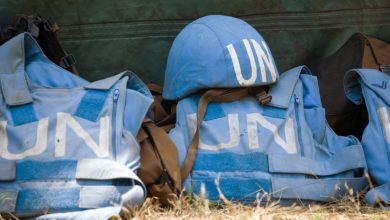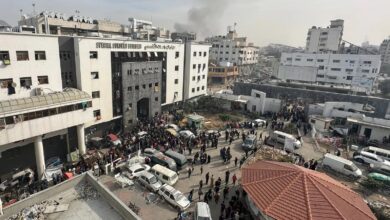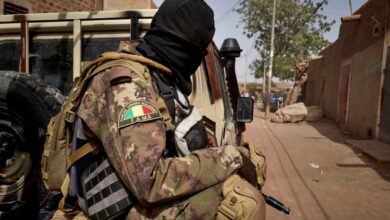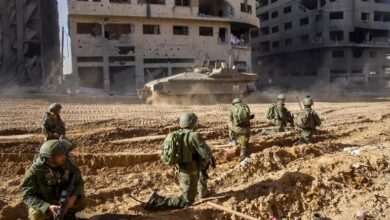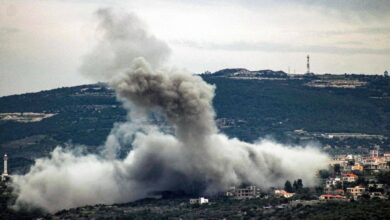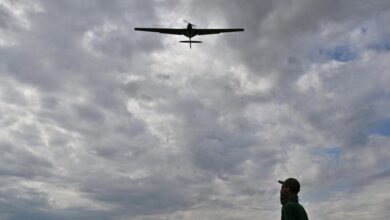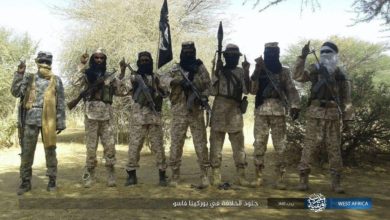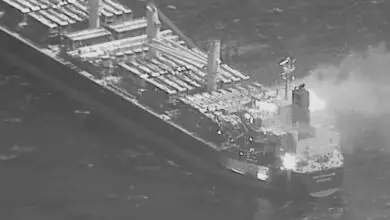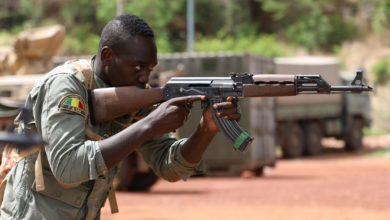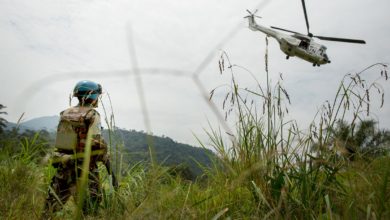A United Nations investigation blamed traditional Dogon hunters for massacres in central Mali that killed at least 24 members of the Fulani community in June.
The inquiry found that armed Dozo hunters, linked to the Dogon ethnic group, ambushed the isolated village of Koumaga in the Mopti region in June and shot dead the Fulani herders.
“All the victims were shot, with automatic weapons and traditional hunting rifles,” the Tuesday, December 18 report by Minusma, the U.N. mission to Mali, concluded.
“At least 24 people, all members of the Fulani community of Koumaga were killed by a group of people identified as traditional hunters [Dozos] during a series of attacks” on June 23, 24 and 25.
Violence has increased over the past three years in central Mali between nomadic Fulani herders and Bambara and Dogon farmers, sparked by accusations of Fulani grazing cattle on Dogon land and disputes over access to land and water, and fueled by accusations that the Fulanis are colluding with jihadists.
Minusma recommended the Malian government deploys security forces in the central region of Djenne “most affected by attacks and likely to be attacked by the Dozos and other armed groups.”
It also called for the government to publicize the results of its own investigation into the massacres.
Fulanis claim that Malian authorities and army troops turn a blind eye to Dogon attacks, in the fight against jihadist attacks.
During a one-week period earlier this month, 75 people were killed in violence blamed on Dogon militias, according to Human Rights Watch.
What's happening now in #Mali maps horrifyingly closely to the scenarios outlined by @IbrahimYahayaIb and I last spring, suggesting that communal violence in central Mali and #Meneka could escalate to the level of mass atrocities. https://t.co/cegM5vexQc https://t.co/0oiJx3PEKN
— Mollie Zapata (@molliezapata) December 18, 2018
In late November, Dogon hunters killed at least a dozen Fulani herders in the town of Ouenkoro, after a Dogon-linked armed group said it pulled out of a ceasefire with the Fulani.
The armed group Dan Nan Ambassagou said they need to protect fellow tribe members after several were killed by Mali army troops.
In August, 11 Fulani civilians were kidnapped and killed in the central region of Mopti in what a local official called a cold-blooded attack.
The recent unrest in Mali began with a 2012 Tuareg separatist uprising against the state, which was exploited by Islamist extremists linked to al-Qaeda who took key cities in the desert north.
France began its Operation Serval military intervention in its former colony early the next year, driving the jihadists from the towns, but the militant groups morphed into more nimble formations operating in rural areas, sometimes winning over local populations by providing basic services and protection from bandits.
The insurgency has gradually spread to central and southern regions of Mali, and across the borders into neighboring Burkina Faso and Niger.
Large swathes of the country remain outside government control, despite a 2015 peace accord designed to isolate the Islamists.
The French mission evolved into the current Operation Barkhane, which has roughly 4,500 French personnel deployed with a mandate for counter-terrorism operations across the region. Three RAF Chinook heavy lift helicopters based in Gao have since August supported French troops in Mali, and 50 soldiers from Estonia are deployed in Gao in a force-protection capacity.
Troops deployed to Barkhane work alongside the United Nations’ Minusma stabilization mission in Mali, which began in 2013, has about 12,000 troops and 1,750 police deployed, and the G5 Sahel joint counter-terrorism force that aims to train and deploy up to 5,000 personnel.
With reporting from AFP


